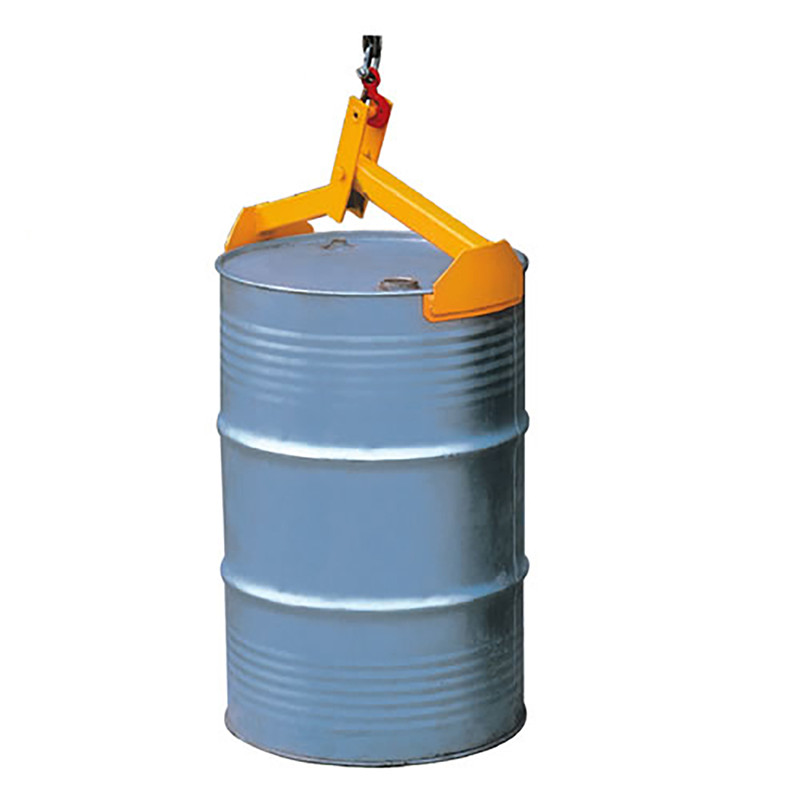Drum handling refers to the process of loading, transporting, and unloading drums and other containers. However, this task can be hazardous if not handled properly. Here are some of the hazards associated with drum handling.
Identified Hazards of Drum Handling
Hazardous Materials Exposure
One of the primary hazards of drum handling is the potential for exposure to harmful materials. Drums may contain hazardous substances such as chemicals, poisons, or other toxins that can be harmful to handlers if not handled correctly. Inhalation, skin contact, or ingestion of these substances can lead to serious health consequences.
Accidents and Falls
Accidents and falls are common occurrences during drum handling operations. Workers may trip or fall while transporting drums, resulting in serious injury or property damage. Improperly stacked or secured drums can lead to collapse or tip-over, causing additional hazards.
Worker Exposure to Noise and Vibration
Drum handling operations can generate loud noise and vibration, which can be harmful to workers’hearing and overall health. Long-term exposure to such conditions can lead to hearing loss, nausea, headaches, and other related health issues.
Strategies for Reducing Hazards of Drum Handling
Proper Training and Personal Protective Equipment
Providing proper training to workers on safe drum handling procedures is crucial to reducing hazards. Workers should also be equipped with appropriate personal protective equipment such as earplugs, gloves, respirators, and eye protection to minimize exposure to harmful substances and reduce the risk of accidents.
Workplace Safety Protocols and Supervision
Establishing clear safety protocols and providing regular supervision of drum handling operations is essential. Protocols should cover topics such as proper drum storage, transportation methods, and handling techniques to ensure worker safety. Supervisors should also regularly inspect the workplace to identify any potential hazards and take corrective action promptly.
Evaluating and Selecting Appropriate Drum Handling Equipment
Selecting appropriate drum handling equipment can help reduce hazards associated with the task. When evaluating equipment, consider factors such as durability, maneuverability, and ease of use to ensure it is suitable for the work environment and task requirements. Additionally, ensure that the equipment is procured from reputable suppliers to ensure its quality and safety standards.
In conclusion, drum handling comes with unique hazards that need to be addressed through appropriate safety measures.
Implementing training programs, using personal protective equipment, establishing safety protocols, selecting appropriate handling equipment, and promoting worker participation in safety initiatives can help reduce the potential for harm during drum handling operations.
Post time: Oct-08-2023



